Common cycling injuries: treatment and prevention
No one likes to be forced off the bike by injury. We round up some of the most common issues faced by cyclists and advise on how to treat and prevent them
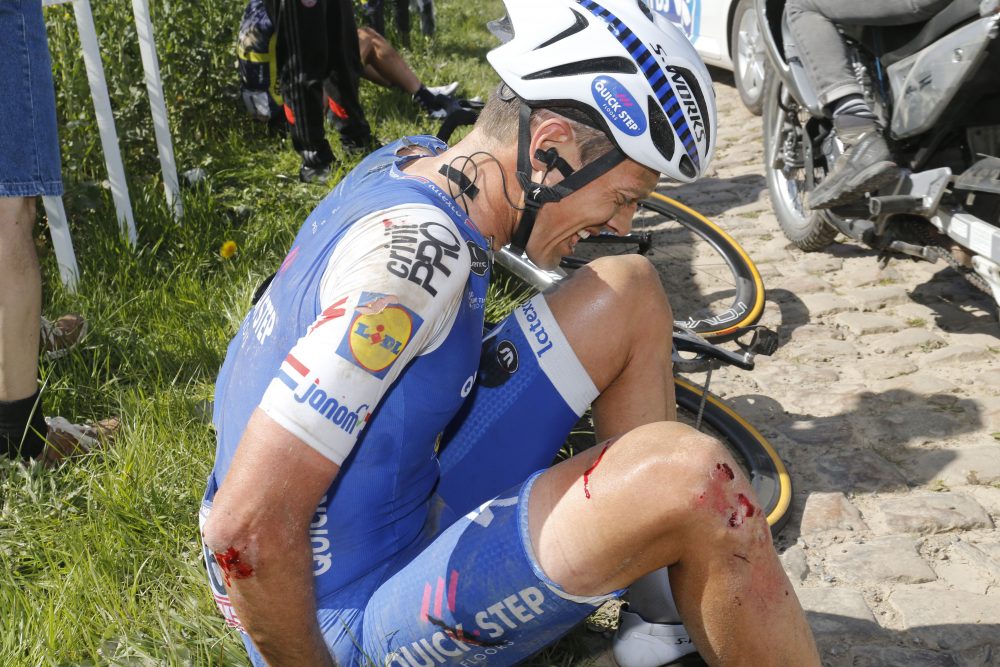
Niki Terpstra (Quick-Step Floors) after crashing in Paris-Roubaix

Fitness can be fickle. One minute you're in the form of your life, and the next you find yourself struggling to rotate the pedals without pain. Cycling injuries are an unfortunate part of most rider's relationship with the bike. Some people are more prone than others, but most cyclists will find themselves off the bike at some point.
Some common issues experienced by cyclists can be treated, and avoided, with home-care. We've rounded up the most common, and collated some of the advice we've got around these issues to help you out if you're suffering.
It's important to remember that your body is one connected web - symptoms may not represent the actual cause and if an injury is persistent you should see a professional such as a physiotherapist or osteopath who can help identify and treat the cause.
Impact injuries

Crashes are an unfortunate side effect of cycling.
The obvious advice is to seek medical attention if you've crashed heavily. Even if no bones are broken, you may have hit your head. Concussion can require significant rest (such as time away from screens) and is not to be taken lightly.
One of the most common breaks for a cyclist is the clavicle (collarbone); and the good news is that this often takes about six weeks to heal but you can still get on the turbo trainer in the mean time.
>>> How to successfully bounce back after a crash
Get The Leadout Newsletter
The latest race content, interviews, features, reviews and expert buying guides, direct to your inbox!
Muscle strains are less obvious impact injuries. Strained muscles may cause you to over-compensate, resulting in overuse injuries. The temptation is to get back on the bike asap - but sometimes it's a good idea to take extra rest or even have a check-up with a physio or osteopath before you get back to riding after a crash.
The least serious, but often most annoying, injury caused by a crash is road rash. This is grazing of the skin caused by hitting, and often skidding along, the tarmac. As much as it might sting, it's important to carefully clean road rash as soon as you get home (by clean, we mean scrub, sorry), before using a good antiseptic cream. Keep it clean and dry for the next few days for a good recovery.
When it comes to crash prevention, riding within your limits and taking safe lines can help, but sometimes there's nothing you can do.
Lower back pain
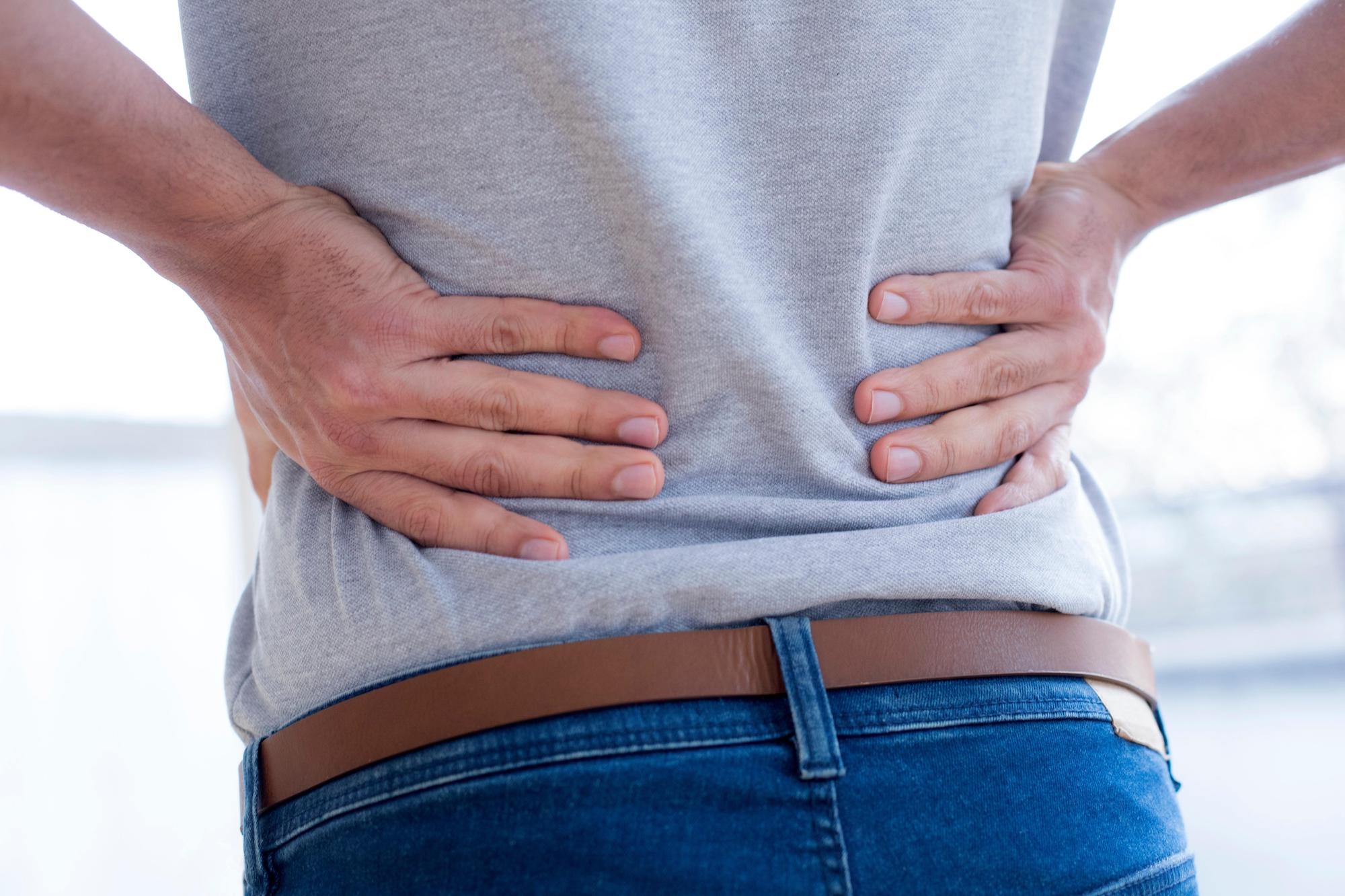
Hours spent curled over the handlebars mean that one of the most common injuries cyclist suffer with is lower back pain Add in that many of us have jobs that require more sitting and bending over computer screens and the problem reaches new levels of epidemic.
Back pain doesn't just stop there - often upset lower back muscles will lead to changes in posture which can impact other areas.
In particular, the piriformis muscle which starts at the lower back and connects to the upper surface of the thighbone. Irritation here may present as hip pain, or pain anywhere lower in the leg as the sciatic nerve which runs from the lower back to your toes can become upset when the piriformis is tight.
>>> Tips for effective recovery after cycling
If you suffer from lower back pain, take some time to rest, stretch your back and hips and try using a foam roller. If the problem persists, see a professional like an osteopath who can calm the symptoms.
Then look to make some changes to prevent a reoccurrence. Key things to look at are:
- Position on the bike: if your position is very aggressive with a long stem/top tube and low handlebars, think about raising them to alleviate pressure
- Position off the bike: if you work at a desk, think about your posture. Investing in a Mckenzie pillow (round pillow that sits at your lower back and helps maintain good posture) is a good idea and you should also check your set-up isn't encouraging awkward twisting and that your chair is comfortable
- Core strength: if your core muscles are not strong enough, your lower back will collapse on the bike, causing undue strain. Working on your core strength will also make you a more powerful rider, as your legs will push the pedals from a stronger base - so it's wins all round
>>> Read more about lower back pain here
Knee pain
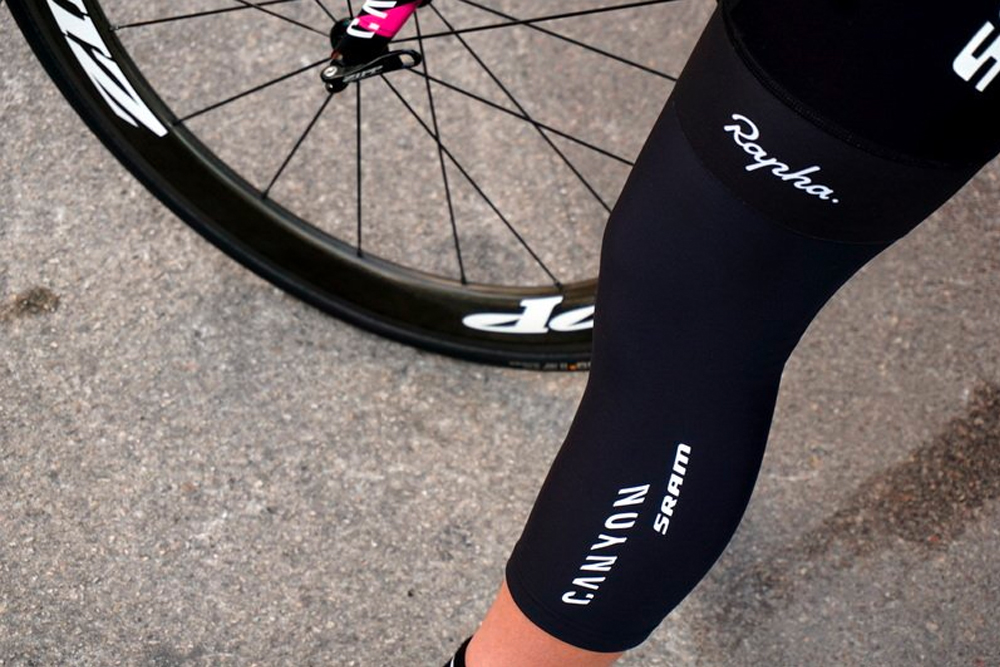
The knee (the cap of which is called the patella) is a joint between the upper and lower leg - and it gets out of joint when something's not moving right, pulling it in the wrong direction.
Treating knee pain often involves rest, massage, foam rolling and the use of ice or anti-inflammatories in the first instance. Then you need to get to the bottom of the cause.
Knee pain very often stems from a bike fit problem. If this is the case - there are easy things to look out for.
Pain at the front of the knee - called anterior knee pain - often comes from a saddle that is too low and thus places undue pressure on the patella. Pain behind the knee - posterior knee pain - commonly arises when a saddle is too high, stretching the hamstring attachments. Lateral and medial pains present at the side of the knee and can be caused by incorrect cleat set up causing the knee to track incorrectly.
Another common cause is a tight IT band - the fibrous tissue that runs down the outer thigh. This can pull on the patella, causing incorrect tracking and is very effectively resolved using massage and foam rolling. In the short term, kinesio tape can also be effective in forcing a correction in tracking, but it is very much an example of addressing the symptom and not the cause - the IT band still needs to be loosened off.
>>> Read more about cycling knee pain here
Wrist, arm, hand and neck pain
Pains around the neck and wrists are often caused when too much pressure is being transmitted through the upper body.
In an ideal world, about 60 per cent of your body weight is positioned at the rear of the bike, and 40 per cent at the front. If too much goes through the handlebars then your arms and wrists will take a battering. So the first thing to check is that your reach is not too long and that your handlebars are not too low.
Neck pain can also arise if the bars are too low, as the rider is forced to hyperextend to look up in order to see what's ahead.
Wrist pain can occur when your handlebar position is forcing an unnatural angle. You can adjust the position of your handlebars and hoods by loosening the stem bolts - rotating the bars upwards will have the effect of slightly reducing the reach.
Opting for compact or shallow drop handlebars also reduces the distance created when riding in the drops and can be a good option to help alleviate pressure.
Tingling in the fingers can be down to pressure on the Ulnar nerve - which runs between your ring and little finger - this is called Ulnar neuropathy or handlebar palsy.
Compression of the median nerve - which causes tingling in the thumb, index, middle and ring finger - is called carpal tunnel syndrome.
Cycling mitts and gloves have padded areas to help prevent compression of the nerve - so if you're struggling, a quality pair of mitts would be a good start. However, this can become an ongoing injury so if numbness continues it's a good idea to see a doctor.
>>> Read more about cycling neck pain here
>>> Read more about cycling wrist pain here
Hot foot
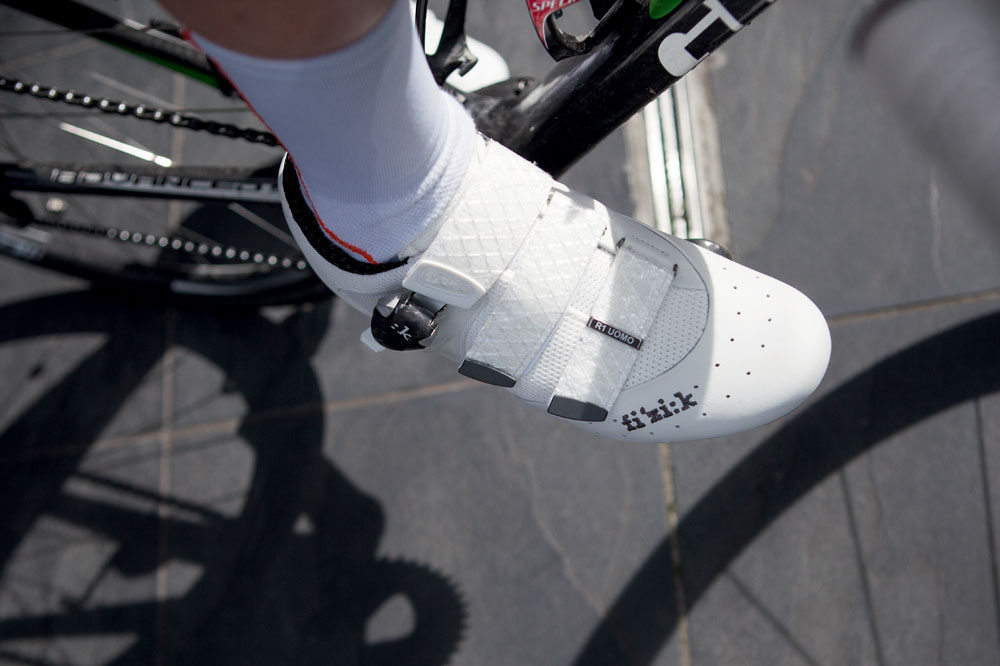
Foot pain is common in cyclists - and this shouldn't really come as a surprise. The watts put into every pedal stroke travel through our twinkle toes, and we insist upon funnelling our feet into stiff soled shoes.
Add that most riders only have one pair of cycling shoes to cater for summer rides, when our feet swell, and winter rides, when we pack them with socks - and you can see where issues might arise.
'Hot foot' - a burning sensation, numbness or pain on the underside of the foot is common. It largely arises as a result of pressure on the nerves that travel through the ball of the foot and towards the toes. To tackle it, we need to soften or redistribute that pressure.
If hot foot or numbness arrives in the summer, it's likely that your feet are swelling - the solution is to loosen them if possible, or to look for shoes that do have some breathing room. Brands differ - Shimano and Bont are known for creating wider shoes than brands such as Specialized, Giro and Sidi.
If the problem arises during winter, you may be wearing socks that are too thick to allow enough space for blood supply to get to your feet. In that case, either look for socks that are thin and warm (Merino wool is your friend here), or again look to invest in a wider pair of cycling shoes.
Cleat placement is also worth investigating - it could be that the pressure is not properly spread across the ball of your foot. Some cleats have a larger platform which allows the pressure to be more widely spread - Speedplay pedal and cleat systems in particular.
Finally, pain on the outside of the foot could imply that you're not being properly supported by the insole in the shoe as the foot shifts outwards. Custom insoles can be moulded to suit your foot to provide tailor made support - often correcting other issues such as knee pain caused by incorrect tracking.
Aside from hot foot the other notable foot issue, which often plagues runners but can affect cyclists, is plantar fasciitis. The plantar fascia is a thick band of tissue which runs along the underside of the foot, its job is to tighten as we step, to allow for the distribution of power through the sole of the foot.
The plantar fascia can become overly tight or damaged by undue stress. In this case, exercises like rolling the foot over a tennis ball (or bottle of water placed in the freezer to combine icing) can help to relieve tightness. Long term, custom insoles which properly support the arch of the foot can prevent undue stress.
>>> Read more about planter fasciitis here
Saddle sores
We all make the odd joke about the havoc cycling can play on the undercarriage, but issues can become severe enough to force pro cyclists out of stage races - so mere mortals are forgiven for being ousted from the saddle.
It's not just about the discomfort caused to the actual area, either. If a rider starts to sit lop-sided on the saddle, trying to avoid pressure to the skin, other injuries can arise and these may be harder to treat.
Saddle sores vary - but any sore, raised area of skin around the buttocks or undercarriage and caused by contact with the saddle would sit in the category.
Once a saddle sore has arrived, the best thing to do is to keep the area clean (washing with an un-perfumed soap) and dry. If sitting on the saddle hurts, taking a few days off the bike until the angry skin has calmed down is a good idea.
When it comes to prevention it's all about the saddle and cycling shorts. You need to find a saddle that suits you (see our rounds ups of the best men’s saddles and the best women’s saddles) and make sure it's set up straight.
Cycling shorts need to fit well, with a chamois that works with your body shape and chamois cream can be used to help reduce friction and kill off any bacteria.
It's important to change out of cycling shorts quickly after a ride, washing them after every use. Hair removal should be avoided, or kept to 'trimming', as ingrown hairs can cause issues.
>>> Read more about saddle sores here
If you're struggling with a persistent issue, it is a good idea to check in with a physio or doctor. And remember that one week of extra rest with a minor ailment is always favourable over several months off if it becomes severe.

Thank you for reading 20 articles this month* Join now for unlimited access
Enjoy your first month for just £1 / $1 / €1
*Read 5 free articles per month without a subscription

Join now for unlimited access
Try first month for just £1 / $1 / €1
Michelle Arthurs-Brennan the Editor of Cycling Weekly website. An NCTJ qualified traditional journalist by trade, Michelle began her career working for local newspapers. She's worked within the cycling industry since 2012, and joined the Cycling Weekly team in 2017, having previously been Editor at Total Women's Cycling. Prior to welcoming her first daughter in 2022, Michelle raced on the road, track, and in time trials, and still rides as much as she can - albeit a fair proportion indoors, for now.
Michelle is on maternity leave from April 2025 until spring 2026.
-
 Positive signs for UK bike industry as Halfords cycling sales grow
Positive signs for UK bike industry as Halfords cycling sales growRetailer admits that the impact of Donald Trump's tariffs remains to be seen
By Tom Thewlis
-
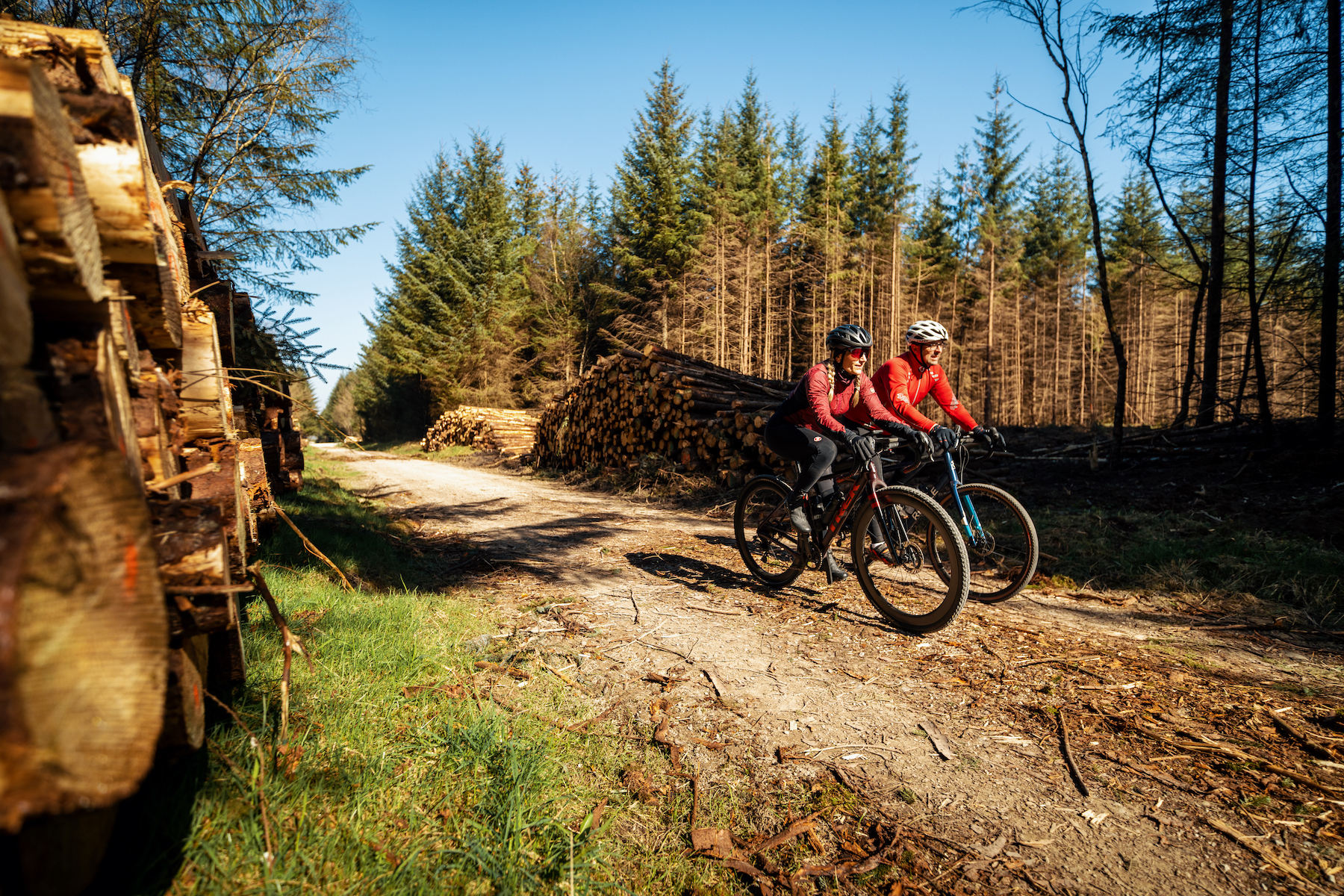 'We don't own gravel - it's a community thing': the spirit of gravel is safe, say British Gravel Championship organisers
'We don't own gravel - it's a community thing': the spirit of gravel is safe, say British Gravel Championship organisersCycling Weekly travels to Dalby Forest to ride the championship course and find out where we go from here
By James Shrubsall
-
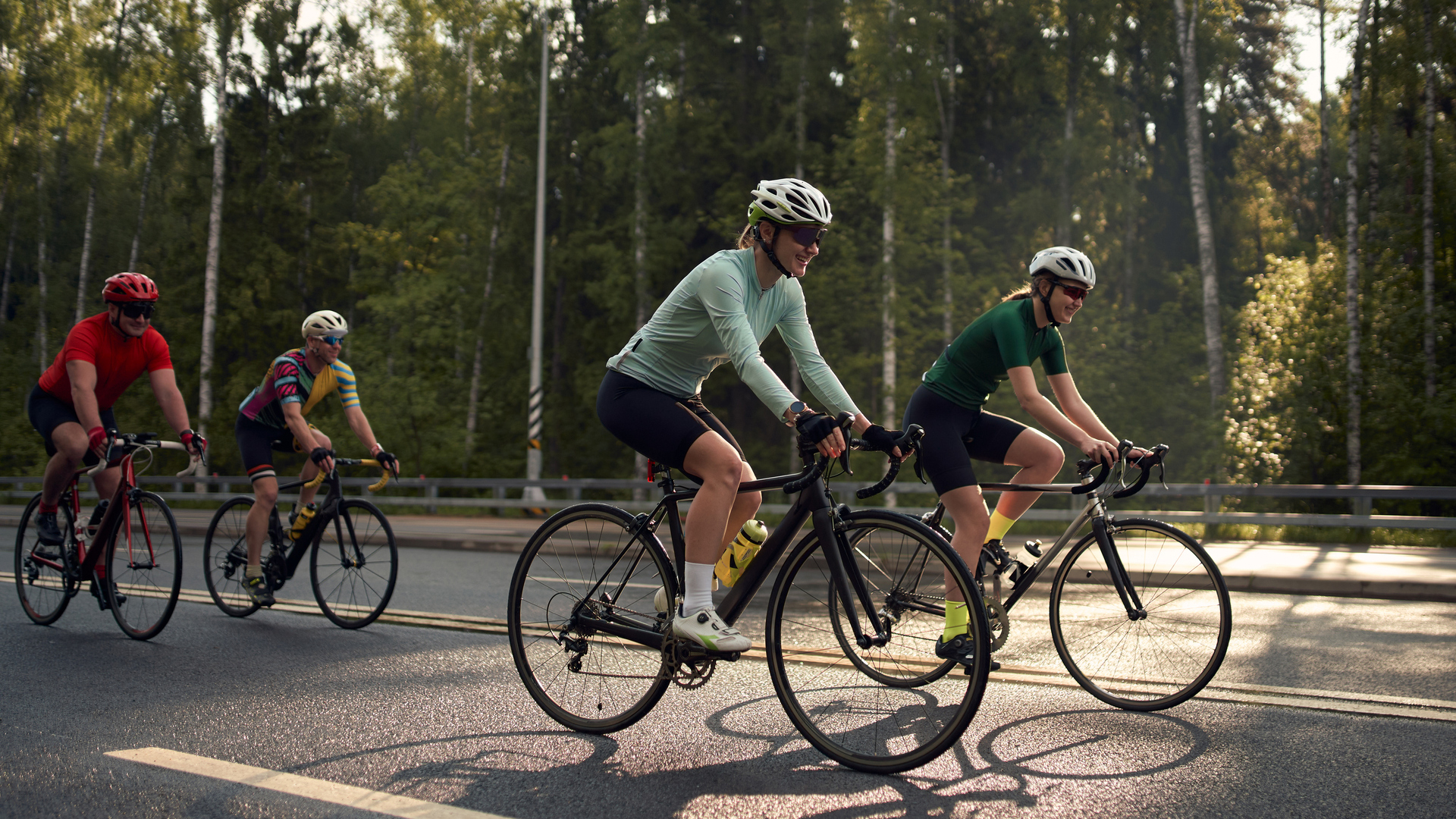 ‘I fell over many times but kept going’: You can start cycling at any age - tips for beginner cyclists
‘I fell over many times but kept going’: You can start cycling at any age - tips for beginner cyclistsLearning how to ride a bike as an adult can feel daunting, but it doesn't have to be
By Hannah Bussey
-
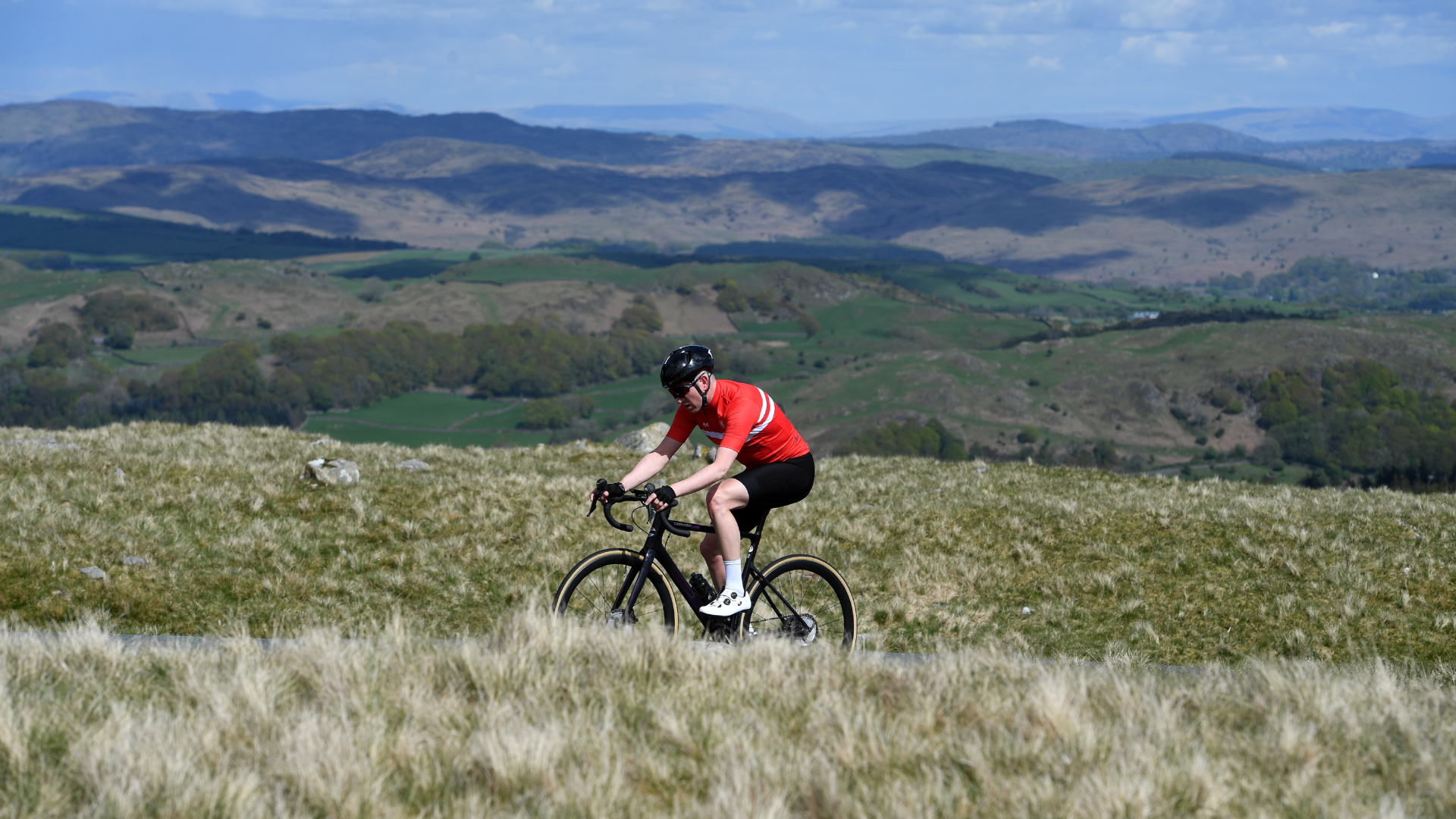 11 ways to increase your average speed: training tips and instant gains
11 ways to increase your average speed: training tips and instant gainsWhen looked at over a period of months, your average speed can tell you a great deal about how you’re improving as a cyclist. Here’s some top tips to get your mean looking meaner
By Hannah Reynolds
-
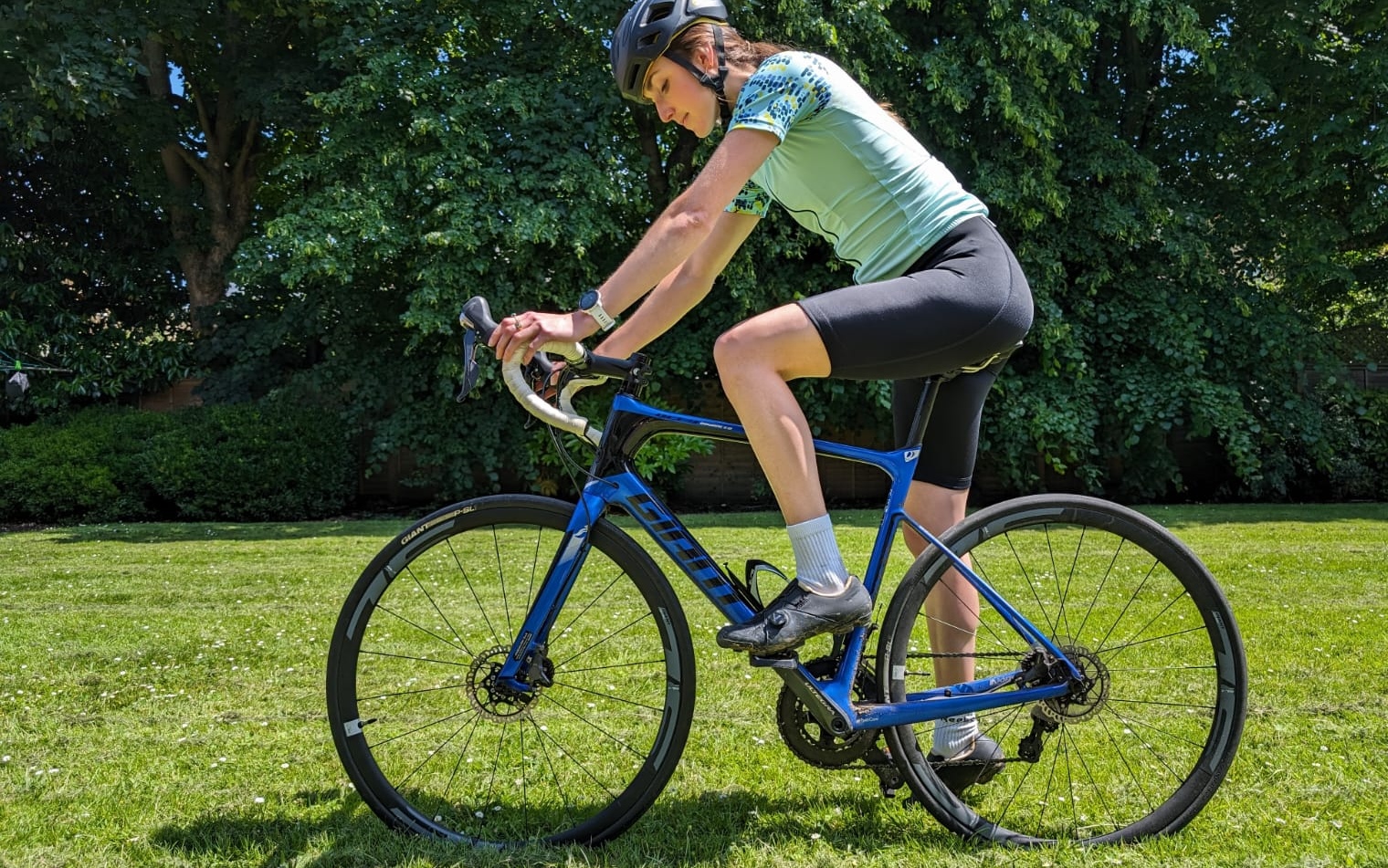 I learned how to ride clipless pedals for the first time after cycling with flat shoes for years - here's the how and why
I learned how to ride clipless pedals for the first time after cycling with flat shoes for years - here's the how and whyLearning to cycle clipped in is a rite of passage for any cyclist, but it takes practice, as Ellie Donnell found out
By Ellie Donnell
-
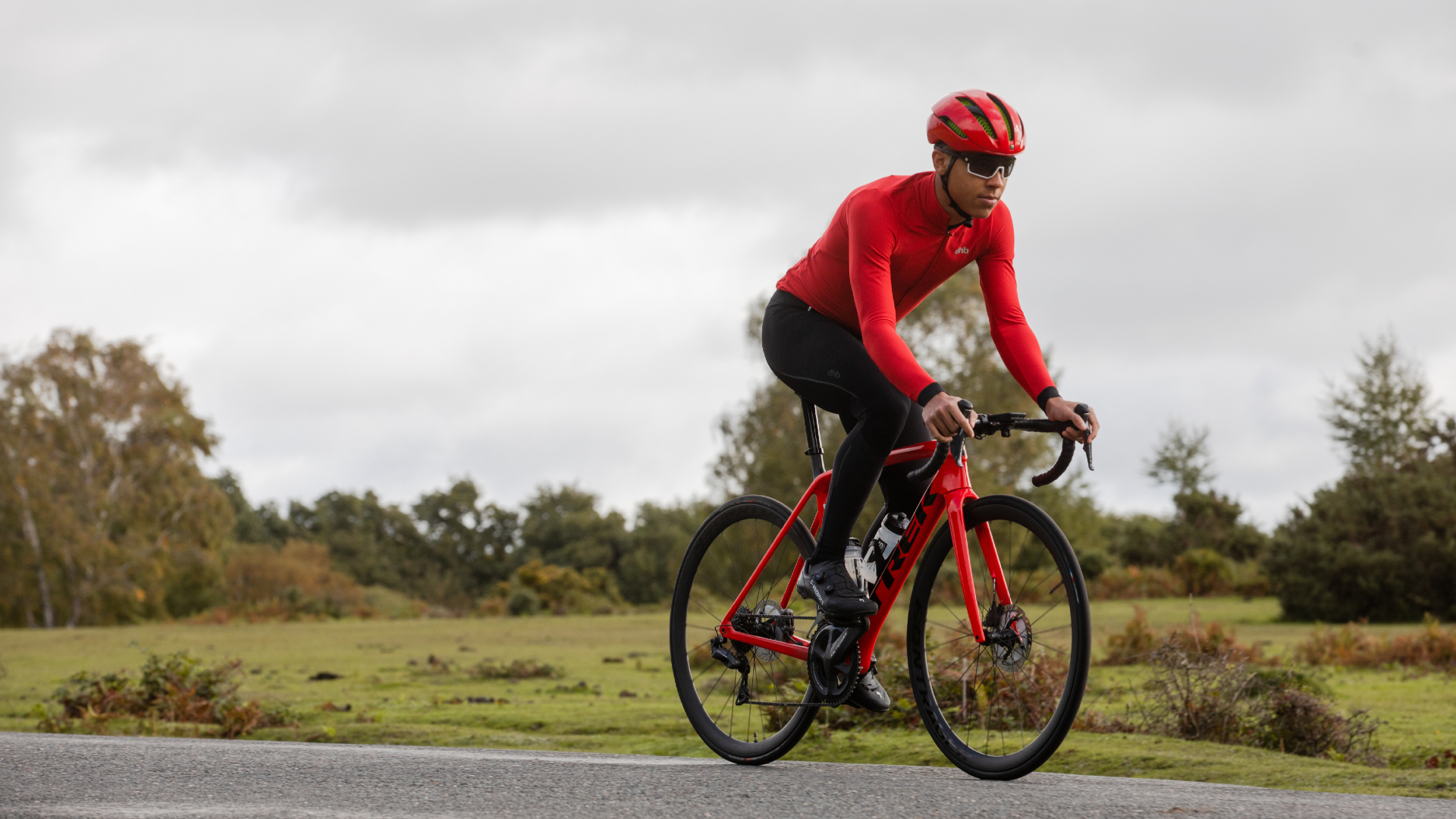 Cycling training plans: 10 week plans for beginners, intermediates and racers
Cycling training plans: 10 week plans for beginners, intermediates and racersGet into cycling, get fitter, or ride faster with our cycling training plans
By Anna Marie Abram
-
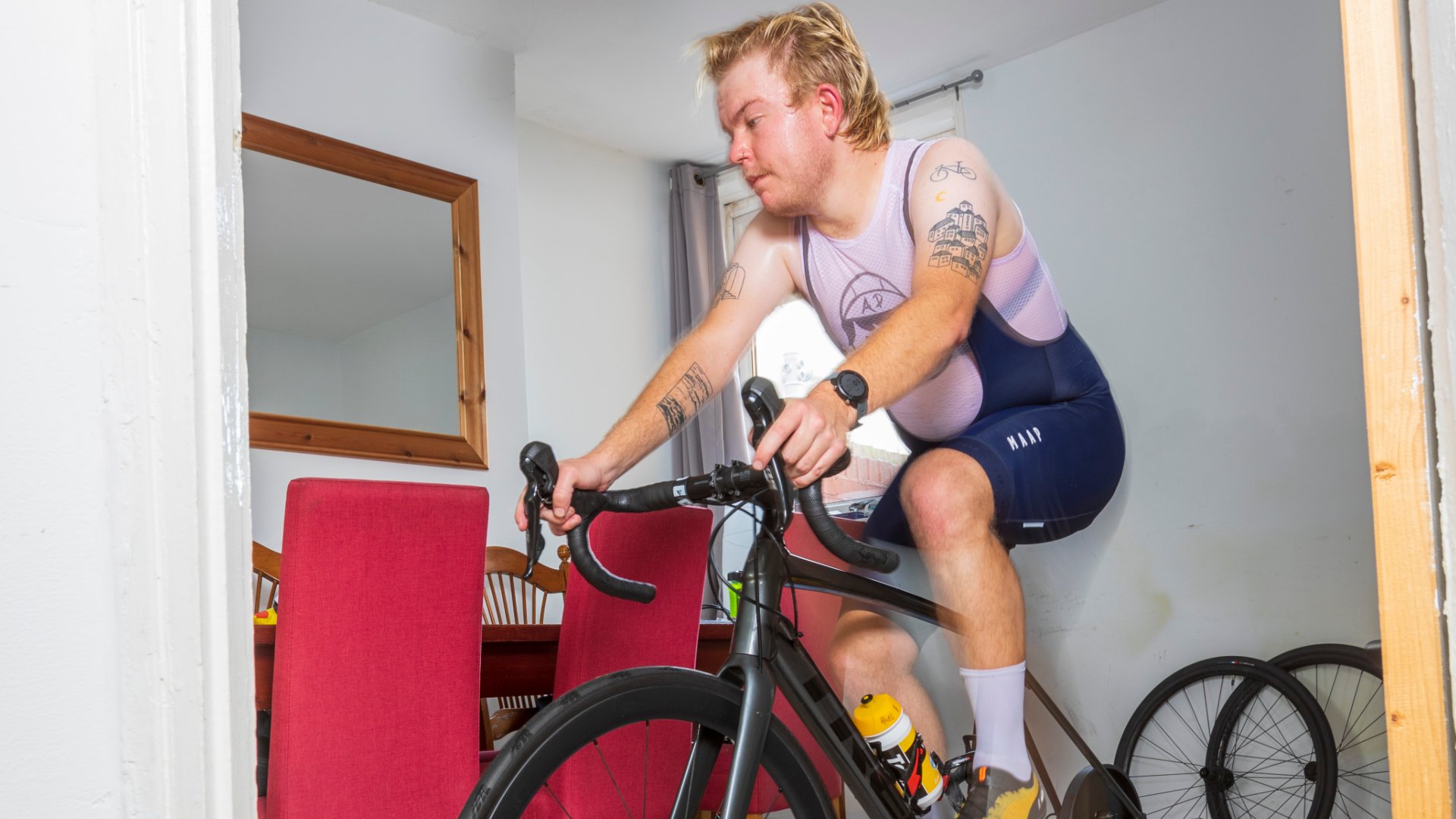 Kickstart your riding with our cycling training plan for beginners
Kickstart your riding with our cycling training plan for beginnersReady to get fit and healthy through cycling? Then this is the plan for you! In partnership with Alzheimer's Research UK
By Anna Marie Abram
-
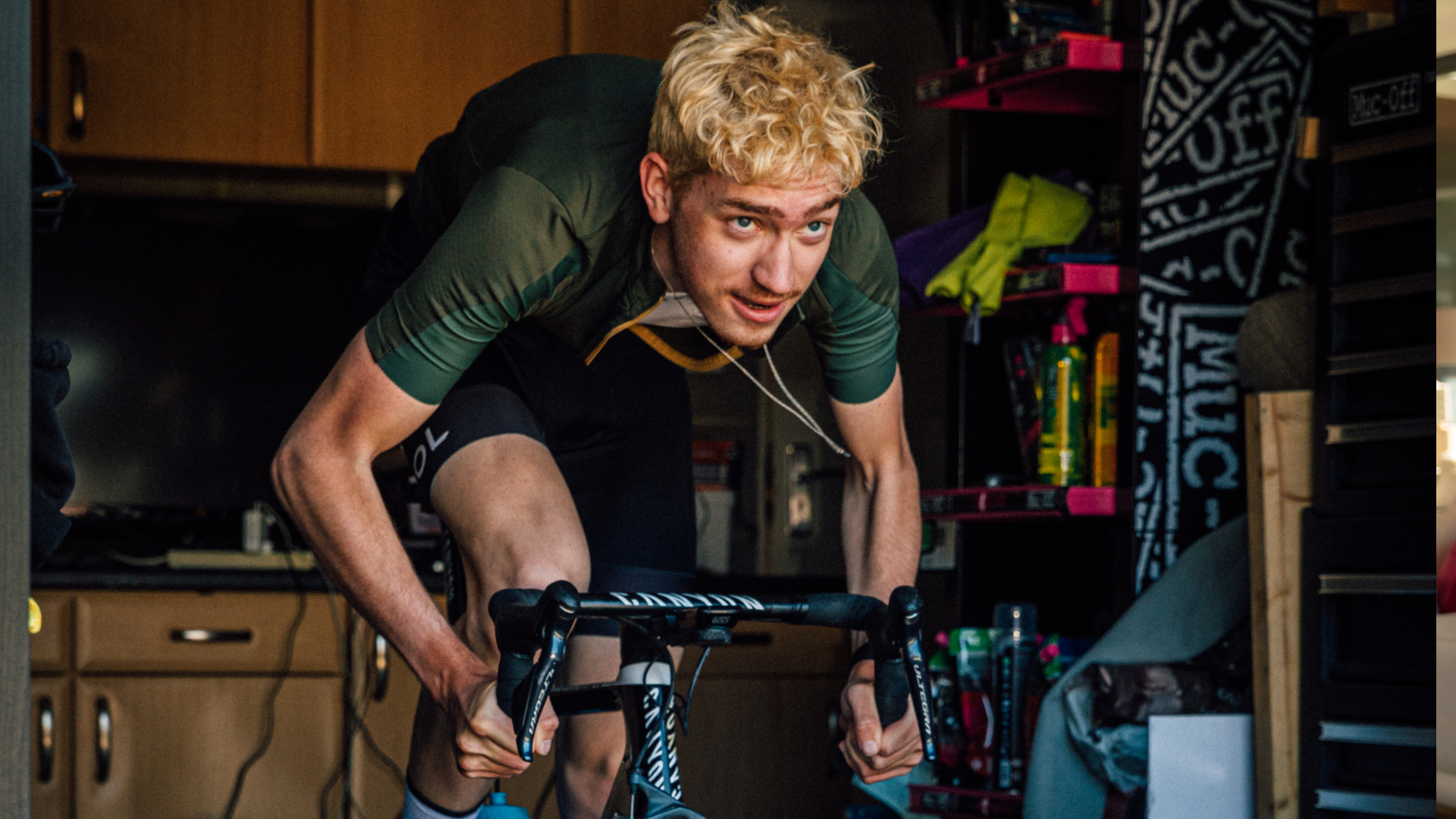 All the essentials to get started cycling indoors (on a budget – or not)
All the essentials to get started cycling indoors (on a budget – or not)Indoor cycling is a fast, efficient way to get fit, here is all you need to get started and beyond
By Luke Friend
-
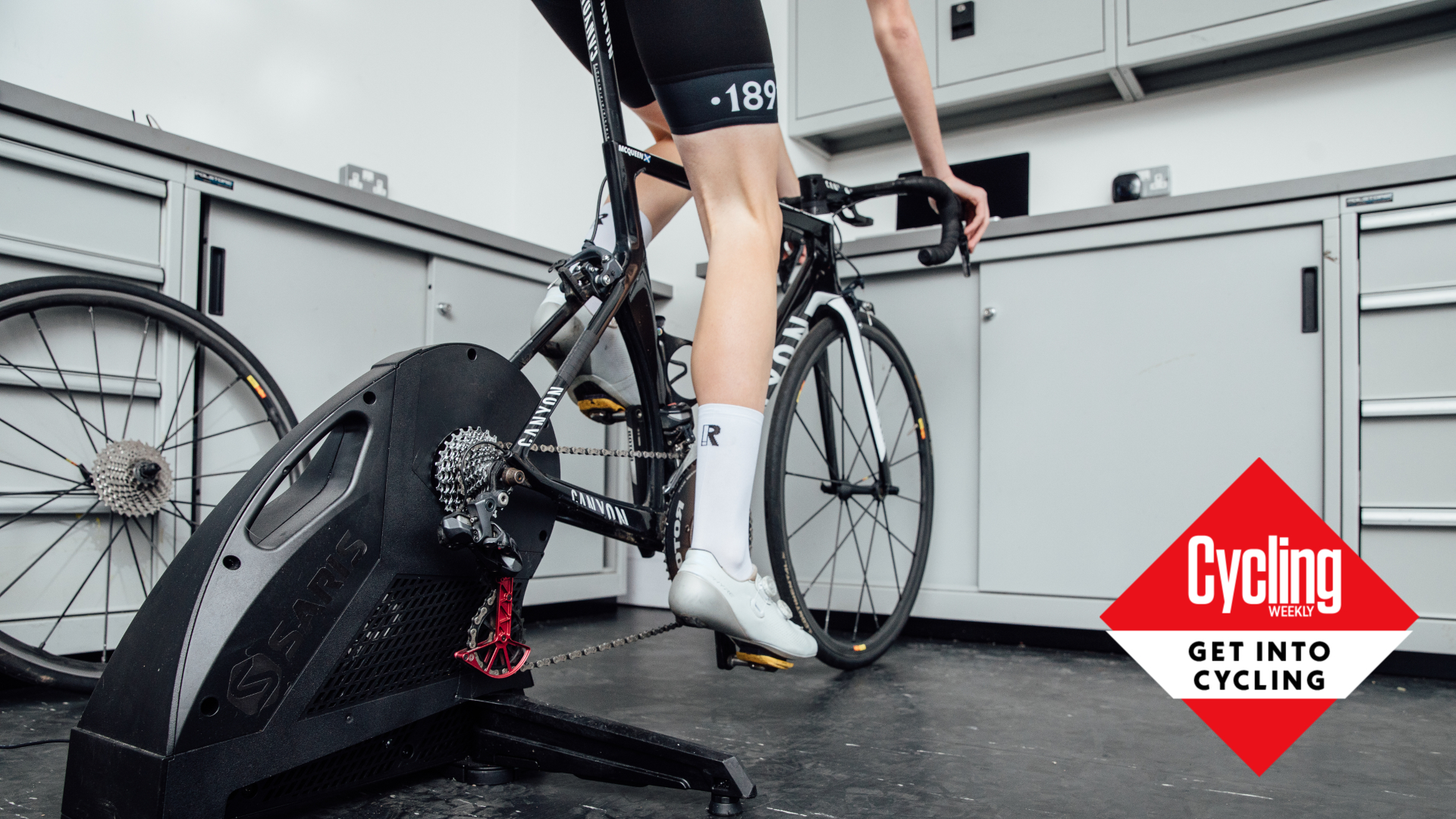 Suffering with clunky bike gears? Follow our simple guide to diagnose problems and fix your shifting
Suffering with clunky bike gears? Follow our simple guide to diagnose problems and fix your shiftingFollow our step-by-step guide on how to adjust your bike gears
By Luke Friend
-
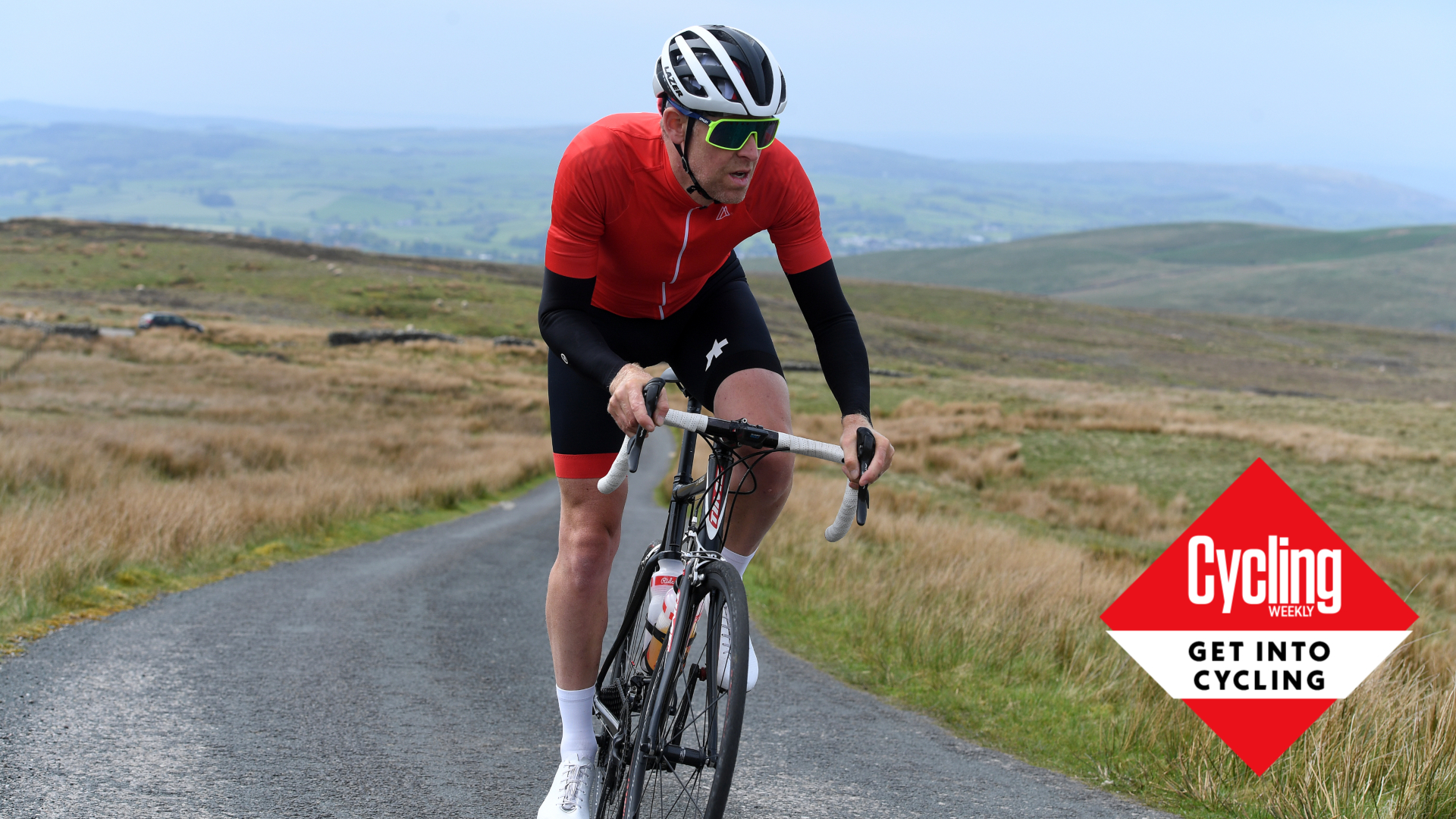 'Will cycling change my body shape?' – you asked Google and we’ve got the answer
'Will cycling change my body shape?' – you asked Google and we’ve got the answerNew to riding bikes and worried your new found pedal pushing habit will turn you into the incredible hulk? We've got the answers...
By Michelle Arthurs-Brennan